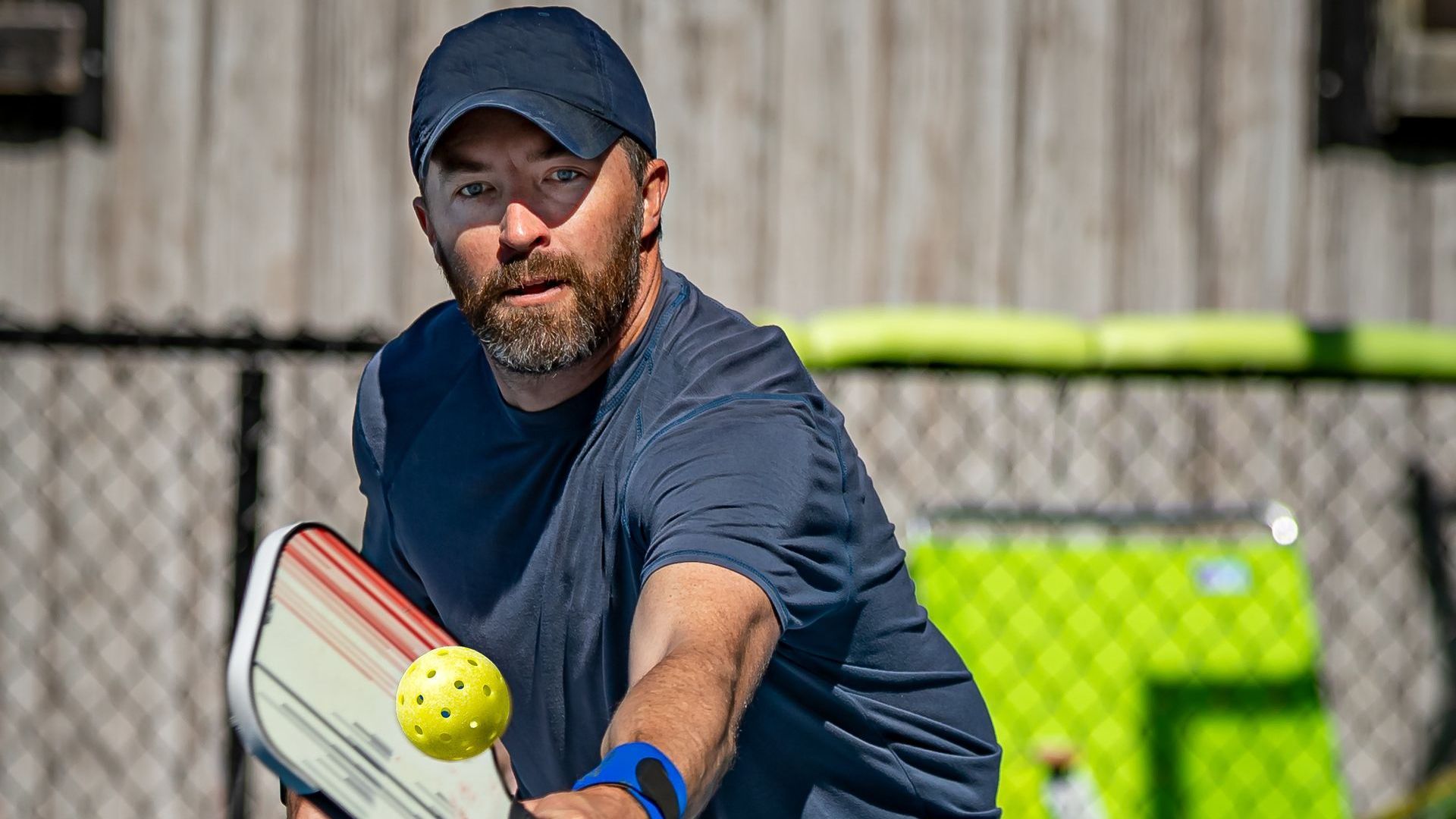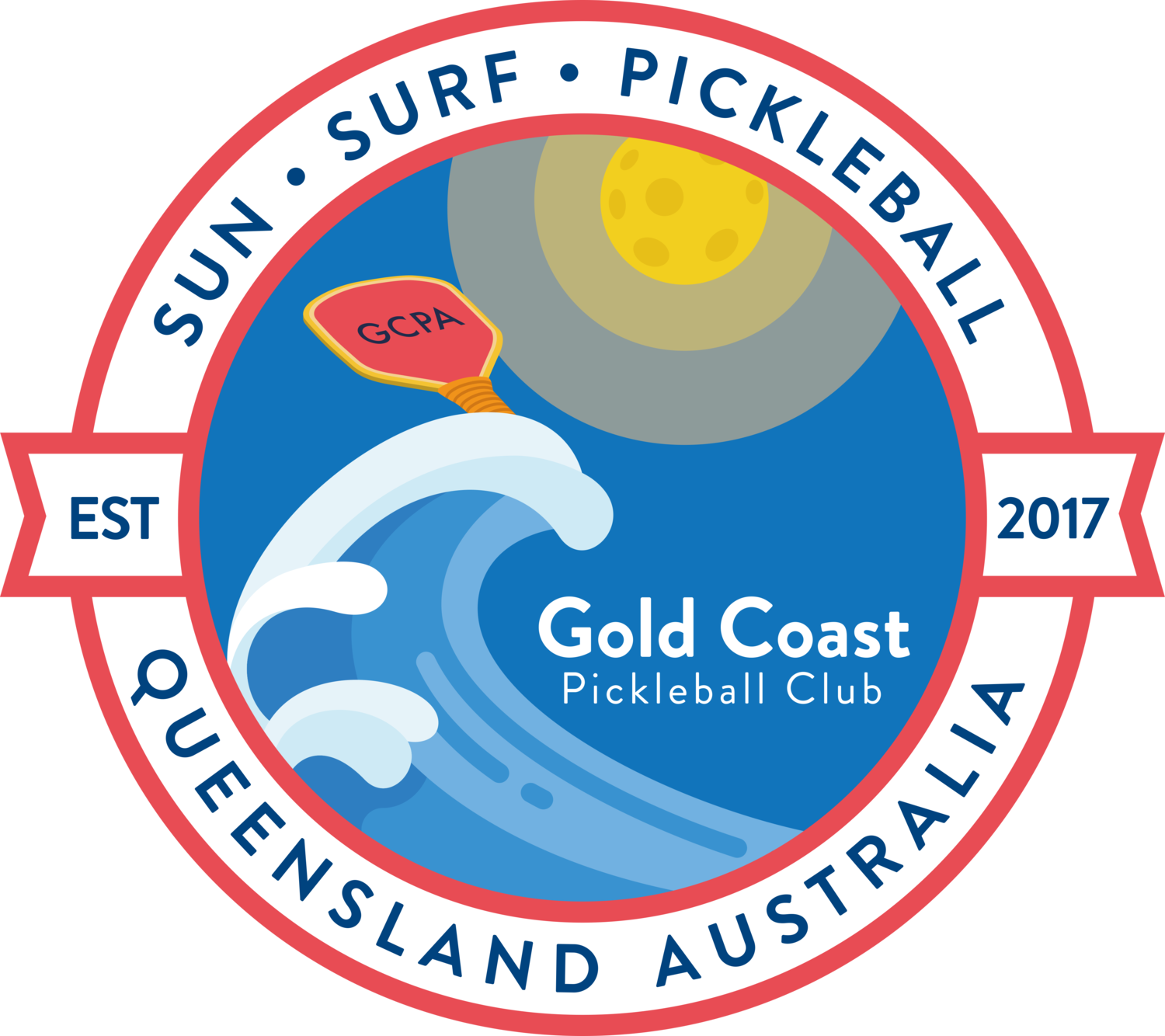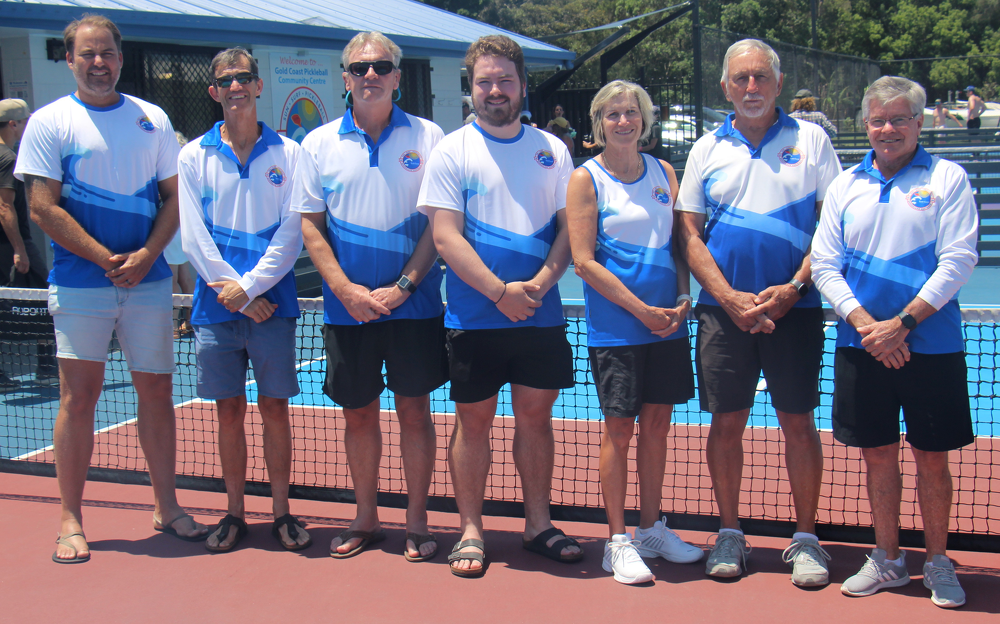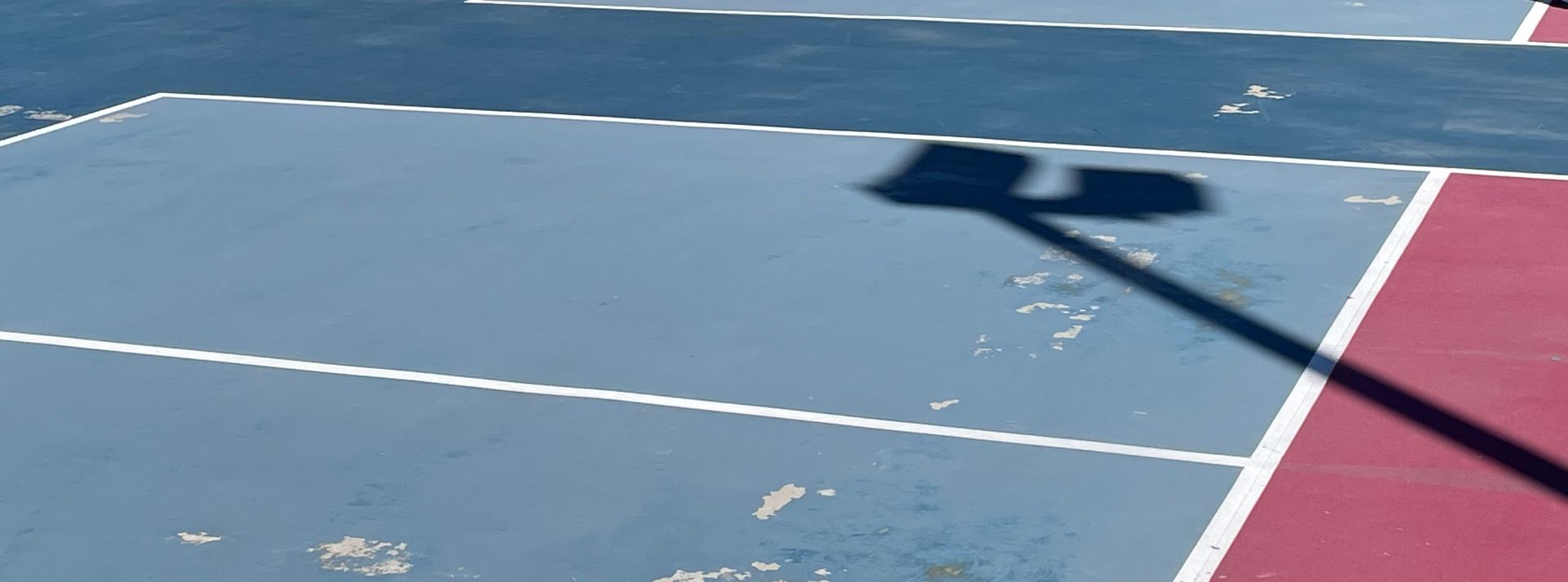Pickleball Techniques to Improve Your Game

Pickleball may be easy to learn, but mastering it requires refining specific skills and techniques. Whether you're new to the game or looking to take your play to the next level, the following tips and techniques will help you improve your overall performance. Let’s explore some of the most important areas of focus for developing a winning pickleball game.
Mastering the Basics
Perfect Your Serve
The serve is the only time in pickleball when you have complete control over the ball, so it’s crucial to make it count. Focus on consistency rather than power when starting out.
- Underhand Serve: Ensure your serve is underhand and make contact with the ball below your waistline.
- Deep Serve: Aim for the back third of your opponent’s court. A deep serve limits their ability to return an aggressive shot.
- Vary Your Serve: Mix up your serves to keep your opponent guessing. Try different angles, speeds, and spin to disrupt their rhythm.
Improve Your Return of Serve
Returning the serve effectively can put you on the offensive early in the rally. Focus on these key elements:
- Deep Return: Similar to serving, a deep return forces your opponent into the backcourt, giving you time to approach the net.
- Stay Low: Bend your knees and stay low to the ground to react quickly and maintain control over your return.
- Target Opponent’s Backhand: Aim for your opponent’s weaker side, typically their backhand, to force a weaker return.
Net Play: Dinking and Volleys
Master the Dink Shot
The dink shot is an essential part of pickleball strategy, especially in doubles. It’s a soft, controlled shot that lands in your opponent’s non-volley zone, also known as the kitchen.
- Keep it Low: A good dink stays low over the net, making it difficult for your opponent to return with power.
- Control and Patience: Dinking is all about control and patience. The goal is to extend the rally and force your opponent into making an error.
- Crosscourt Dinks: A crosscourt dink gives you more net to work with and increases the chances of a mistake from your opponent.
Effective Volleys
Volleying, or hitting the ball before it bounces, can be an aggressive way to end points quickly if done correctly.
- Maintain Proper Position: Stay just outside the kitchen line, in a ready position, to react quickly to volleys.
- Soft Touch on Defensive Volleys: When under pressure, use a softer touch to maintain control and avoid sending the ball too high, which could allow your opponent to smash it.
- Putaway Volleys: When given the opportunity, finish the point by volleying with power and placement to a spot where your opponent cannot reach.
Footwork and Positioning
Stay Balanced and Ready
Good footwork is essential for maintaining balance and positioning yourself for every shot.
- Stay on Your Toes: Keep your weight on the balls of your feet, allowing you to move quickly in any direction.
- Lateral Movement: Move side-to-side rather than stepping backward. This helps you cover the court efficiently and stay close to the net.
Court Positioning in Doubles
In doubles, proper positioning is key to success.
- Communicate: Constant communication with your partner is crucial for avoiding unforced errors and covering the court effectively.
- Stay Close to the Kitchen Line: Both players should position themselves near the kitchen line to maintain control of the net and react quickly to volleys.
Advanced Pickleball Techniques
The Third Shot Drop
The third shot drop is a highly effective technique used after the serve and return. It’s a soft shot designed to land in the kitchen, allowing you to approach the net and set up for a strong rally.
- Focus on Placement: Aim to drop the ball softly into your opponent’s kitchen, forcing them to hit an upward shot.
- Get to the Net: After executing the drop, immediately move toward the kitchen line to establish control at the net.
Adding Spin to Your Shots
Adding topspin or backspin to your shots can make them more difficult for your opponent to return.
- Topspin: For topspin, brush up on the ball as you hit it. This causes the ball to dip quickly, making it harder to return.
- Backspin: Backspin or slice is achieved by brushing down on the ball, causing it to float and bounce lower, which can disrupt your opponent’s timing.
Lobs and Smashes
Lobs and smashes are advanced techniques that, when used strategically, can help you win points quickly.
- Lob: Use a lob when your opponent is crowding the net. Aim to send the ball high over their head, forcing them to retreat.
- Smash: A smash is a powerful overhead shot used to finish the point. Timing and placement are key — aim for the opponent’s feet or an open space on the court.
Mental Strategies for Pickleball Success
Stay Focused
Concentration is critical in pickleball. Focus on each shot and stay in the moment to avoid unforced errors.
Patience and Persistence
Pickleball is often a game of strategy and patience, especially when it comes to dinking and defensive rallies. Keep your cool and wait for the right opportunity to attack.
Analyse Your Opponent
Pay attention to your opponent’s weaknesses, such as a poor backhand or a tendency to stay back from the net, and adjust your strategy accordingly.
Improving your pickleball game takes practice, patience, and a good understanding of these essential techniques. By refining your serve, mastering net play, improving footwork, and incorporating advanced strategies like the third shot drop and spin, you'll see noticeable improvements in your game. Remember, pickleball is not just about power—it's about precision, strategy, and outsmarting your opponents. Keep practicing, and you’ll be dominating the court in no time!


